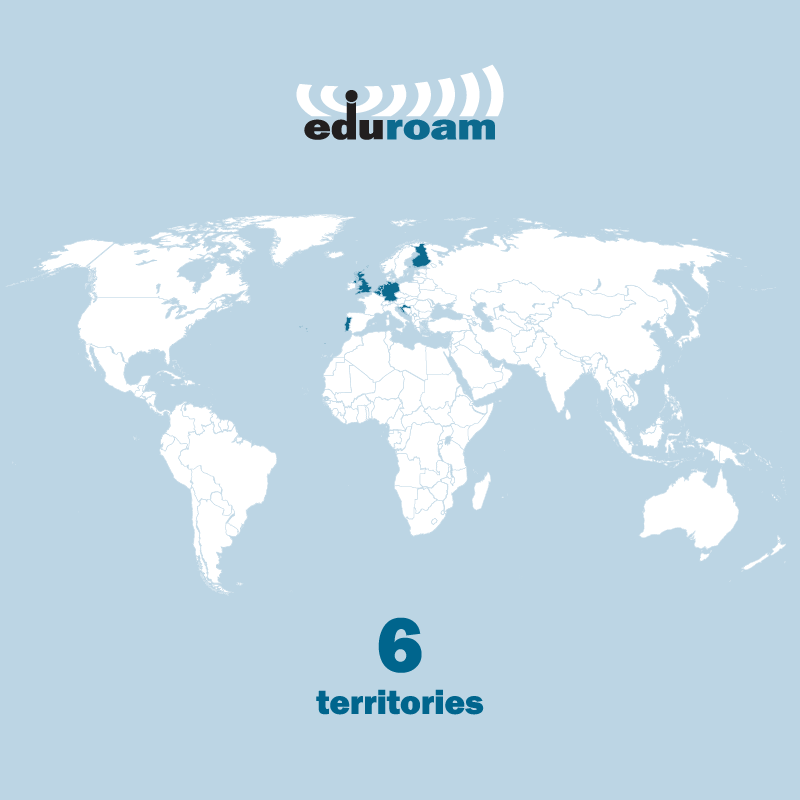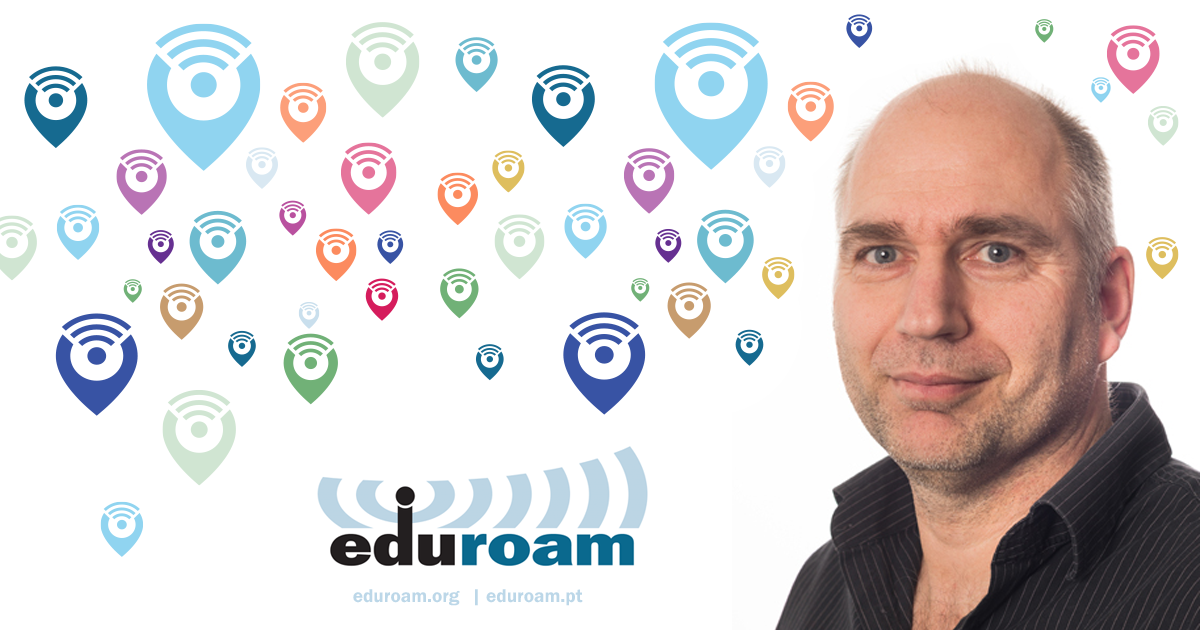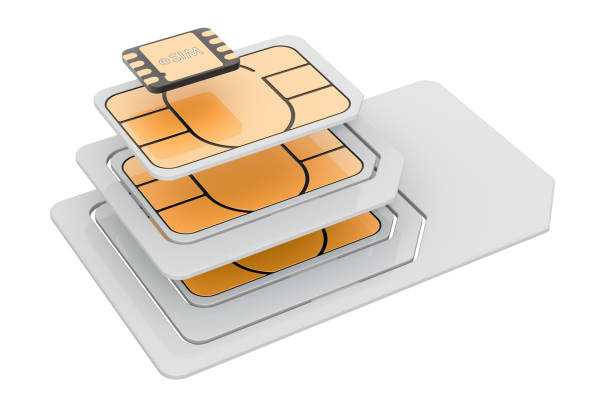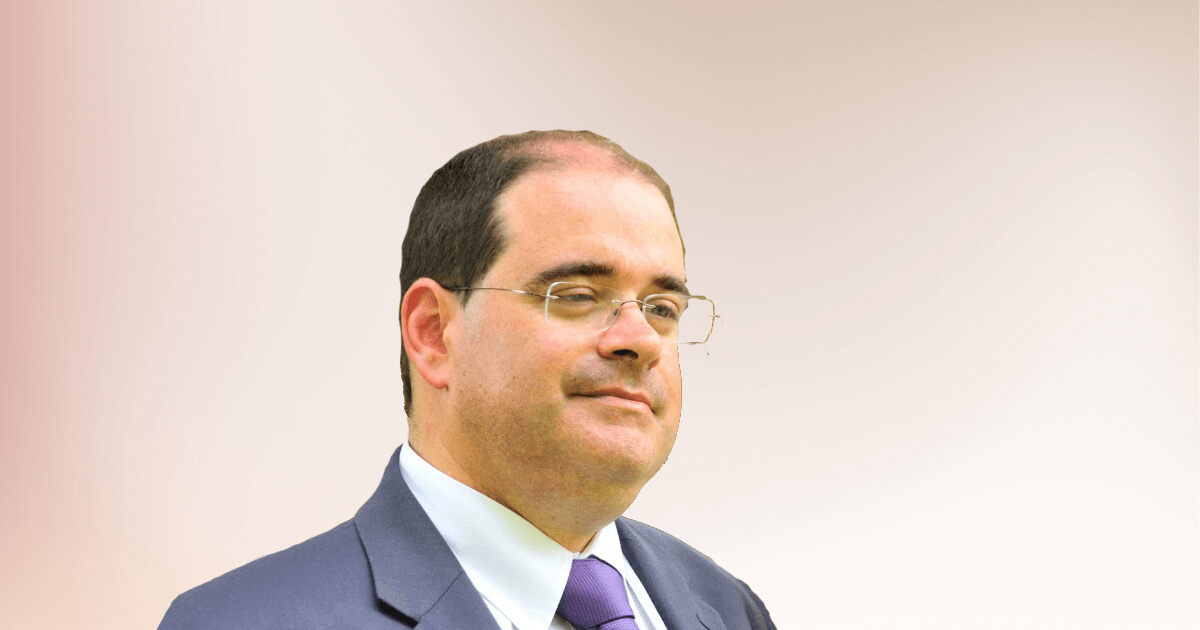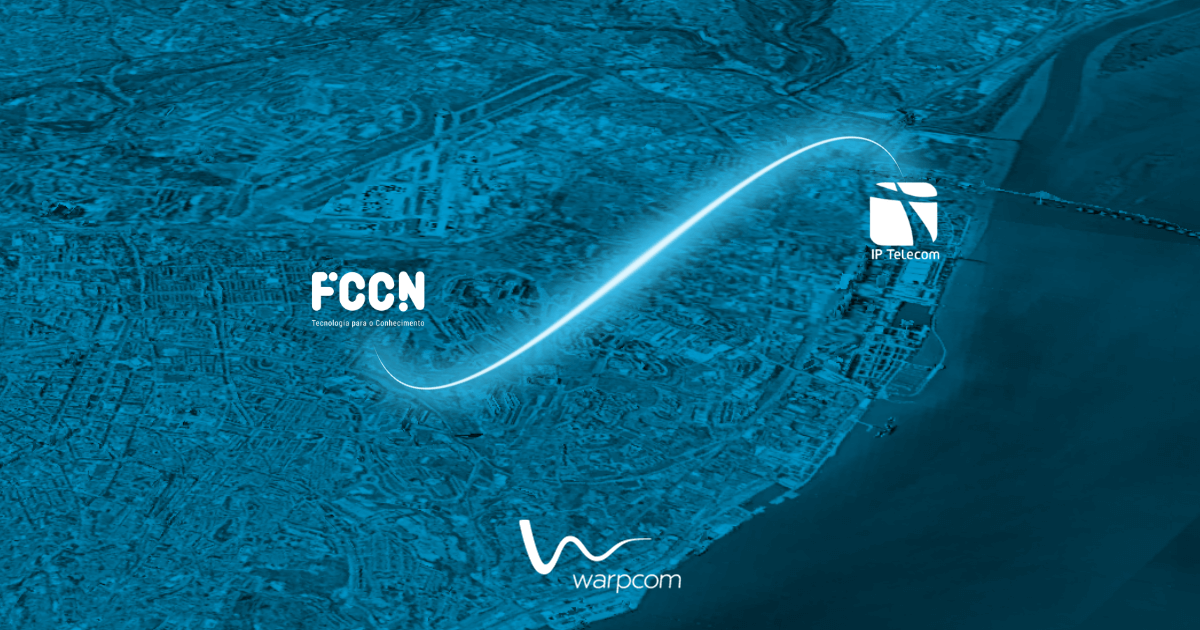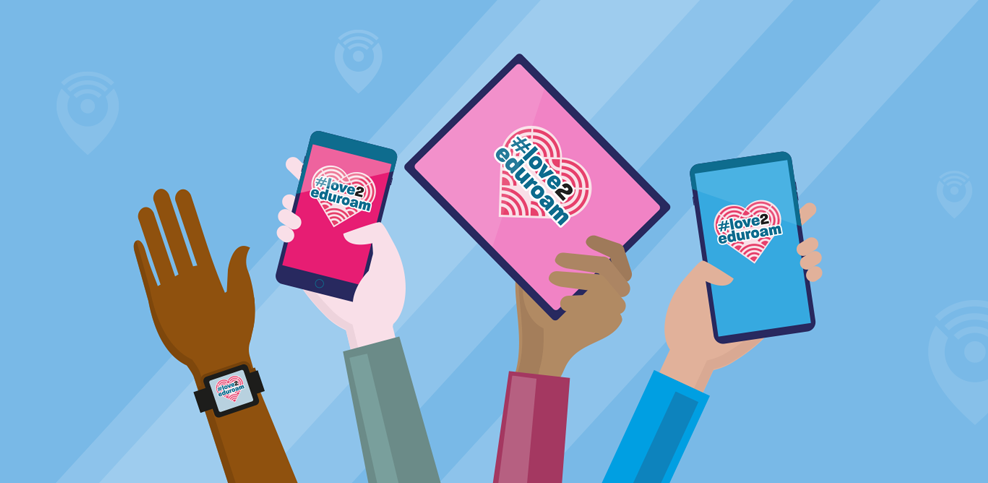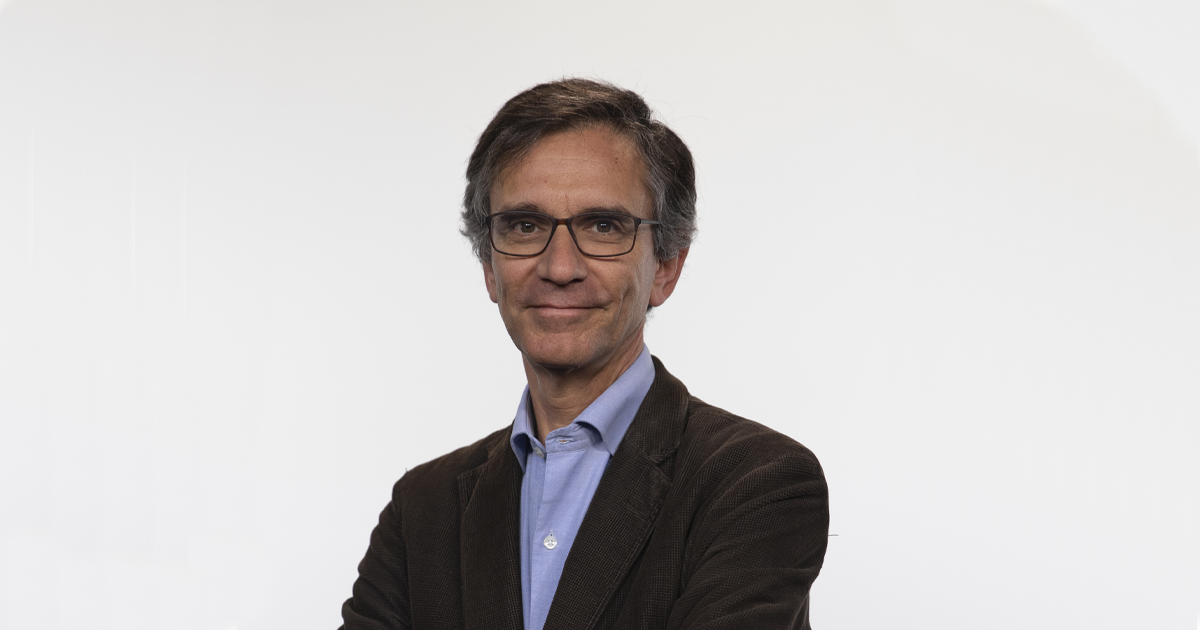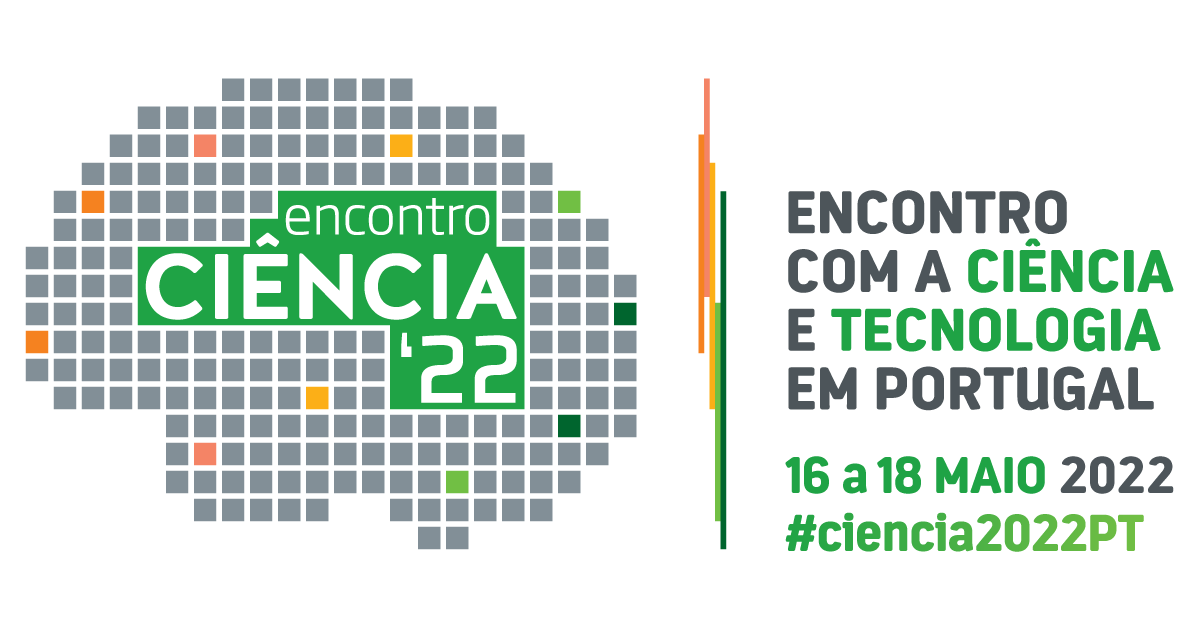Foi em 2002 que Klaas Wierenga teve a ideia que resultaria na criação da eduroam e marcaria o futuro da conectividade europeia. Em entrevista à Unidade FCCN, o holandês destaca as mais-valias deste projeto, sublinhando a forma como resulta dos “genes” da comunidade de redes nacionais de ensino e investigação – “a colaboração e a confiança mútua vão continuar a liderar o nosso caminho para o futuro.“
eduroam, cerca de 10 anos depois
Pode descrever-nos o contexto que levou à criação da eduroam? Qual era o seu objetivo fundador?
Tudo começou quando, na SURFnet [NREN holandesa], estávamos a realizar um projeto chamado GigaPort. Parte desse projeto consistia na instalação dos chamados “pilotos de acesso” em residências de estudantes.
A nossa equipa estava a experimentar ligar as residências de estudantes com fibra, ADSL e WiFi. Na altura, no que diz respeito à fibra, estávamos a utilizar o padrão 802.1X para controlo do acesso à rede e já utilizávamos a tecnologia RADIUS (Remote Authentication Dial In User Service) para o nosso serviço de dial-up. A minha ideia foi combinar estas duas tecnologias para tornar possível uma autenticação na universidade com a minha conta SURFnet. A Universidade de Twente participou num ensaio técnico e decidiu incorporar esse recurso na construção do seu novo campus wireless. A instituição que é hoje a Universidade de Amesterdão, seguiu o exemplo. E o resto é história.
Pouco tempo depois, Portugal seria um dos primeiros seis países envolvidos no projeto. Qual foi a importância desse primeiro passo?
Foi muito importante! Na altura, nós éramos essencialmente um conjunto de geeks que estava a brincar com a tecnologia. Durante a presidência portuguesa da União Europeia [em 2007], a FCCN e a Universidade do Porto defenderam a iniciativa e-U, que foi o primeiro resultado do serviço de produção da eduroam com uma dimensão nacional. Isto acabou por mostrar que a eduroam era viável a uma escala “séria”.
Hoje em dia, a eduroam é uma marca global, estando disponível em mais de 100 países em todo o Mundo. Isso era algo que imaginou ser possível desde o início? Quais foram alguns dos marcos mais importantes nesta evolução?
Penso que ninguém antecipava um sucesso como este! Fiquei feliz quando uma universidade aderiu à eduroam, depois uma segunda, até que a Universidade de Southampton se juntou ao projeto e, de repente, estávamos a tornar-nos internacionais.
A nossa apresentação, em colaboração com a CARNet, durante a TNC, foi um marco importante. Por outro lado, como referi, o projeto e-U foi importante. E, claro, a transformação da eduroam num verdadeiro serviço, há cerca de 10 anos, marcou a maturidade do projeto.
Consigo ainda lembrar-me de muitos outros marcos, como a eduroam ser disponibilizada em aeroportos, comboios ou autocarros, no Museu Smithsonian, etc. O facto da eduroam estar hoje presente em todos os continentes do mundo, com excepção da Antártica, também é uma coisa maravilhosa.
A eduroam continua a ser um exemplo ilustrativo da colaboração entre redes nacionais de investigação e ensino (NRENs). Como pensa que essa cooperação internacional entre NRENs tem evoluído ao longo dos anos?
Penso que essa colaboração não mudou muito ao longo dos anos. Quando voltei para a comunidade de ensino e investigação, depois de nove anos na CISCO, senti imediatamente que tinha entrado num banho quente. Nós tivemos – e ainda temos – um ambiente colaborativo fantástico que nos permite, como dizem nos Estados Unidos, punch above our weight [atuar um patamar acima]. Juntos, somos muito mais do que separados.
Como referiu, ao longo dos últimos anos, temos assistido a uma expansão da eduroam para outros “mercados” ou localizações como aeroportos, estações de comboio ou bibliotecas. Sente que este é um caminho importante relativamente ao futuro do serviço? Como imagina a eduroam dentro de 20 anos?
Penso que essa é uma questão muito importante. Quanto maior for a pegada eduroam, mais útil o serviço será para todos. Com as tecnologias 4G e 5G disponíveis para todos, bem como com o free roaming no espaço da europa comunitária (algo que, já agora, acho óptimo!), a questão já não se resume ao acesso à Internet per se. Antes, torna-se ligada à alta qualidade da ligação às nossas redes, com um acesso seguro. Dentro de 20 anos, acredito que ainda existirá um lugar para o capital de confiança que marca a comunidade de ensino e investigação.
Poderá muito bem acontecer que os protocolos e as tecnologias mudem muito, até lá. Tecnologias como o Openroaming, por exemplo, vão permitir ao resto do mundo beneficiar de um serviço como a eduroam e teremos de nos compatibilizar com essa realidade. Mas acredito que continuaremos a construir serviços que são enraizados na colaboração e na confiança mútua – aqueles que são os genes da comunidade de redes nacionais de ensino e investigação e que vão continuar a liderar o nosso caminho para o futuro.
Visite a página do serviço eduroam no nosso site para mais informações.
